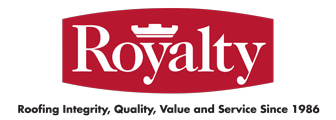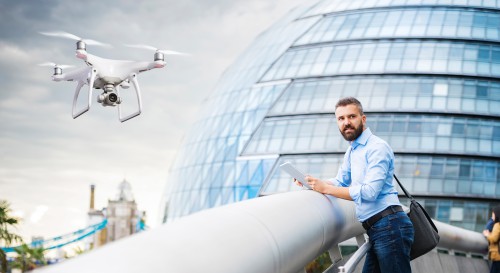A popular method of inspecting roofs today is through the use of drones. Cheap, relatively easy to fly and with good quality cameras, this technology is effectively used by homeowners, commercial building owners and managers and roofing companies. While a drone inspection can never surpass the accuracy and thoroughness of an on-the-roof inspection, they do have value.
1. See Hard-to-Reach Roofing Spaces More Easily
Gaining visual access to a high-pitched roof or to the apex of structures such as those with steeples or domes pose unique challenges, including safety issues. For an on-the-roof review to be possible, scaffolding might need to be erected, certainly adding to the expense. A drone can minimize risks and reduce overall costs while still providing good visual information, making it a viable alternative to traditional roofing inspections.
2. Get a Birds-Eye View with Aerial Imagery
Facility owners and managers can get a better view of their property from above, which could be useful for planning on further development onsite. Some use documented drone footage for insurance purposes and aerial imagery can be used to analyze and assess drainage patterns on the roof and around the building. Drone footage can often help professionals spot trouble areas that might be difficult to see close-up
3. Perform More Frequent Inspections
Drones provide a view from the sky in just seconds, and they can transmit live video so pilots can zoom in and take pictures potentially more quickly than it would take to get someone on the roof. and perform other tasks a person on might struggle to do quickly. Essentially, a drone can take a peek at the roof anytime between conventional on-the-roof inspections – such as after a bad storm to check for damage – in a fraction of the time and at minimal expense.
Drones are Limited
Regular roofing inspections are an essential aspect of commercial building maintenance in order to detect any potential concerns before they become costly problems. While drones clearly can be useful, they cannot perform up-close examinations of essential parts of the roofing system such as flashings, terminations, membrane seams, etc. Also, keep in mind that operating a drone for commercial purposes might require a Remote Pilot Certificate from the FAA.
If your roof is showing signs of age or has other problems, remember that Royalty Roofing offers comprehensive roofing maintenance and management programs for commercial customers.


